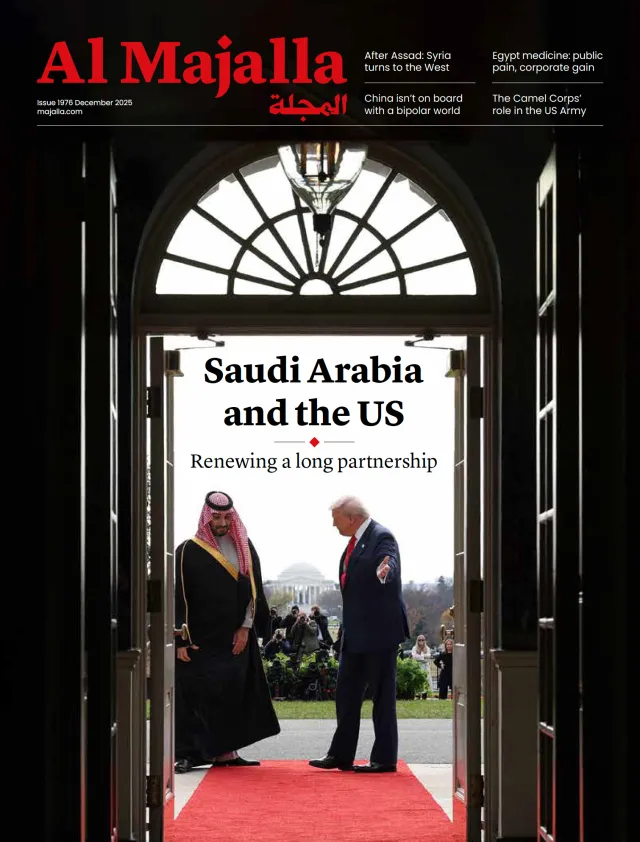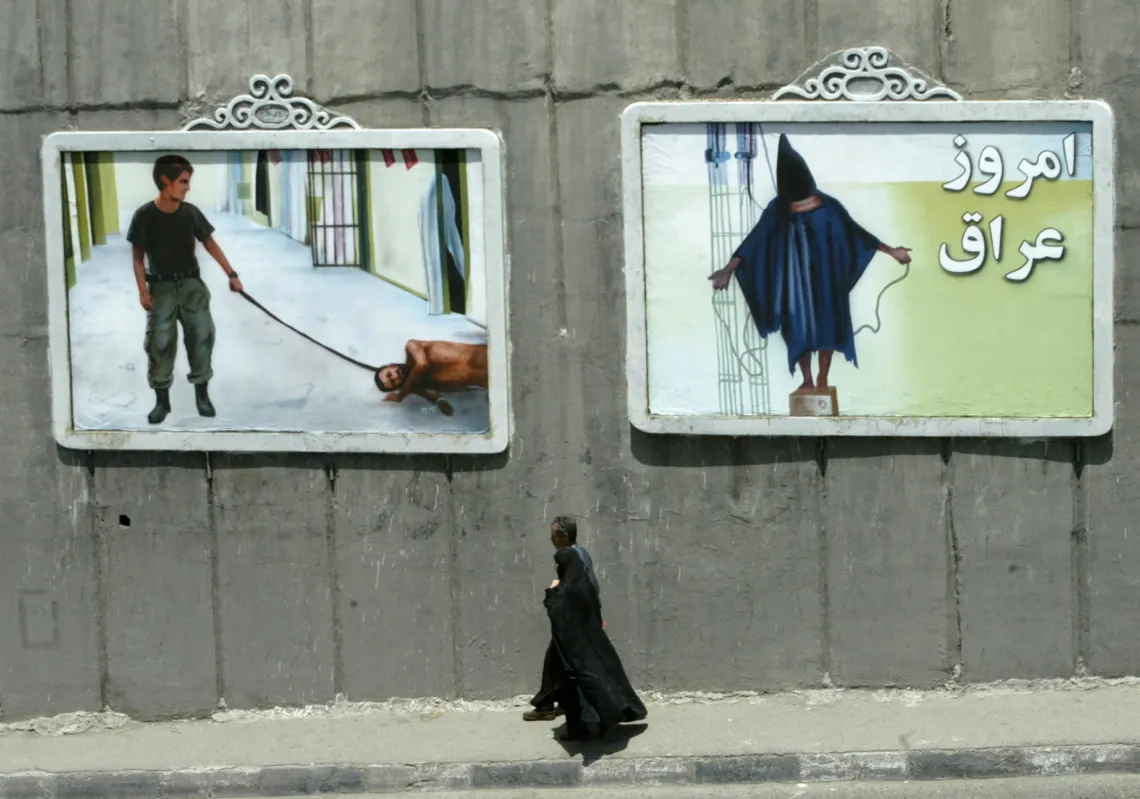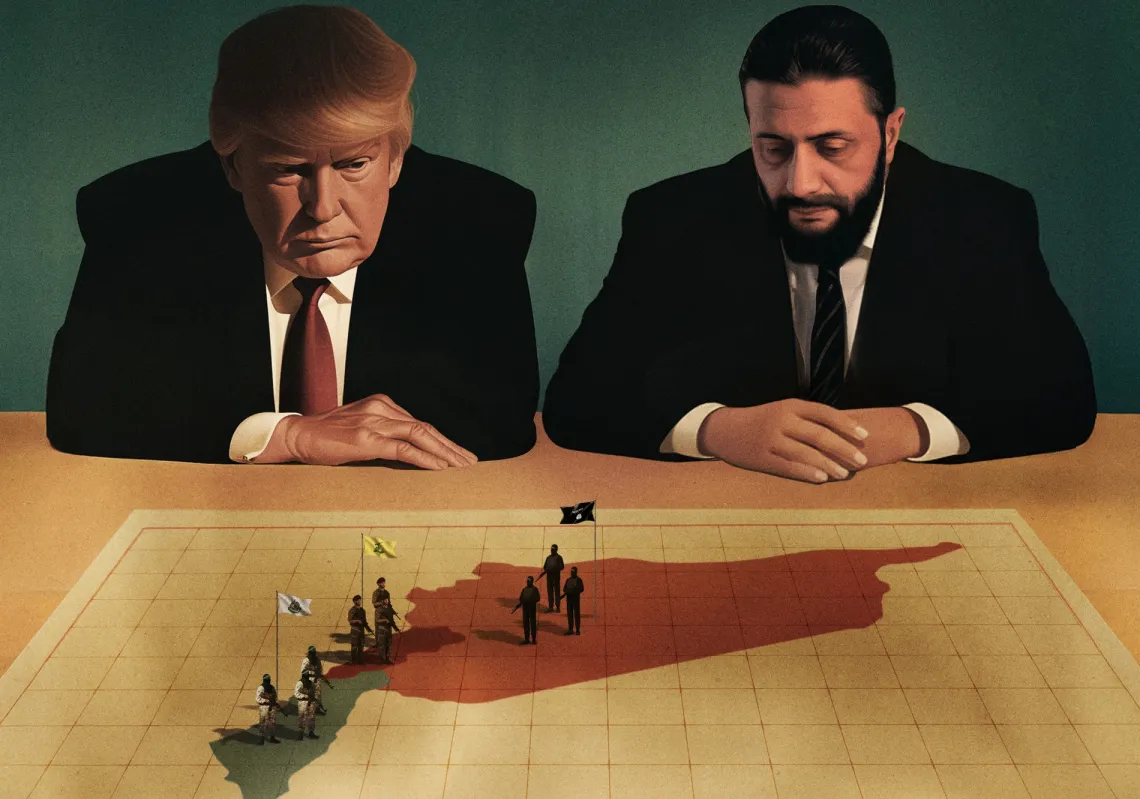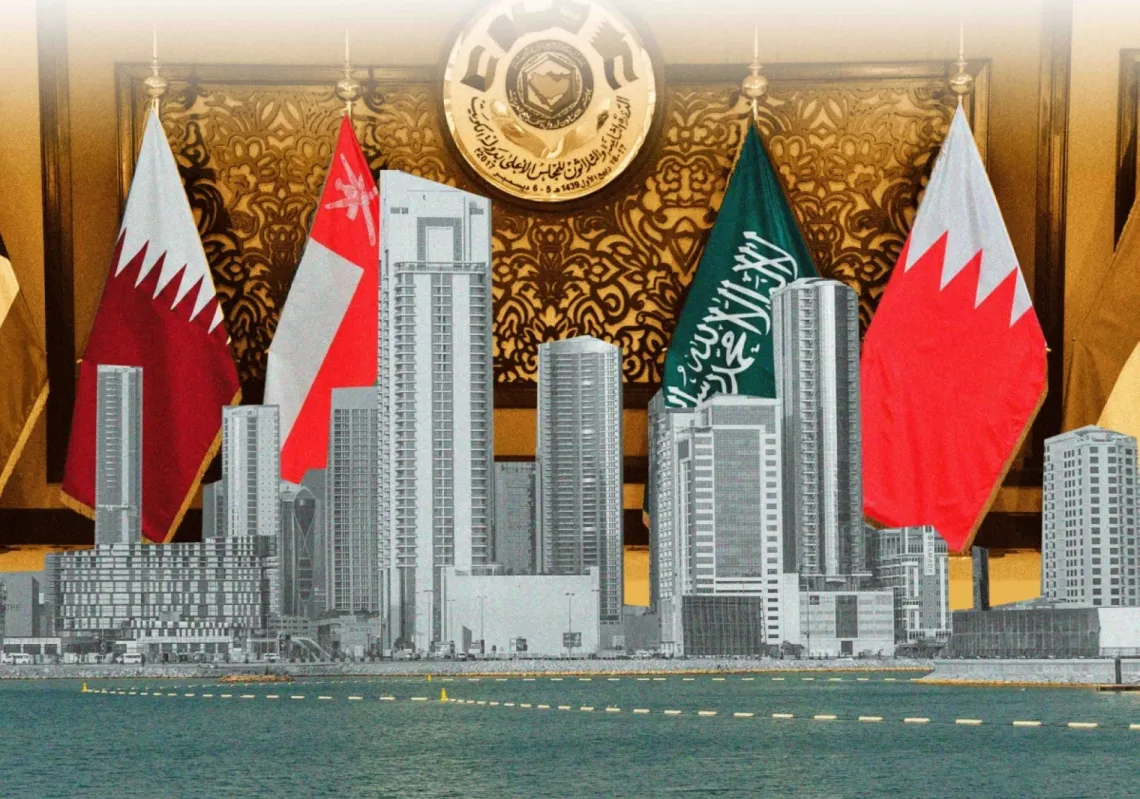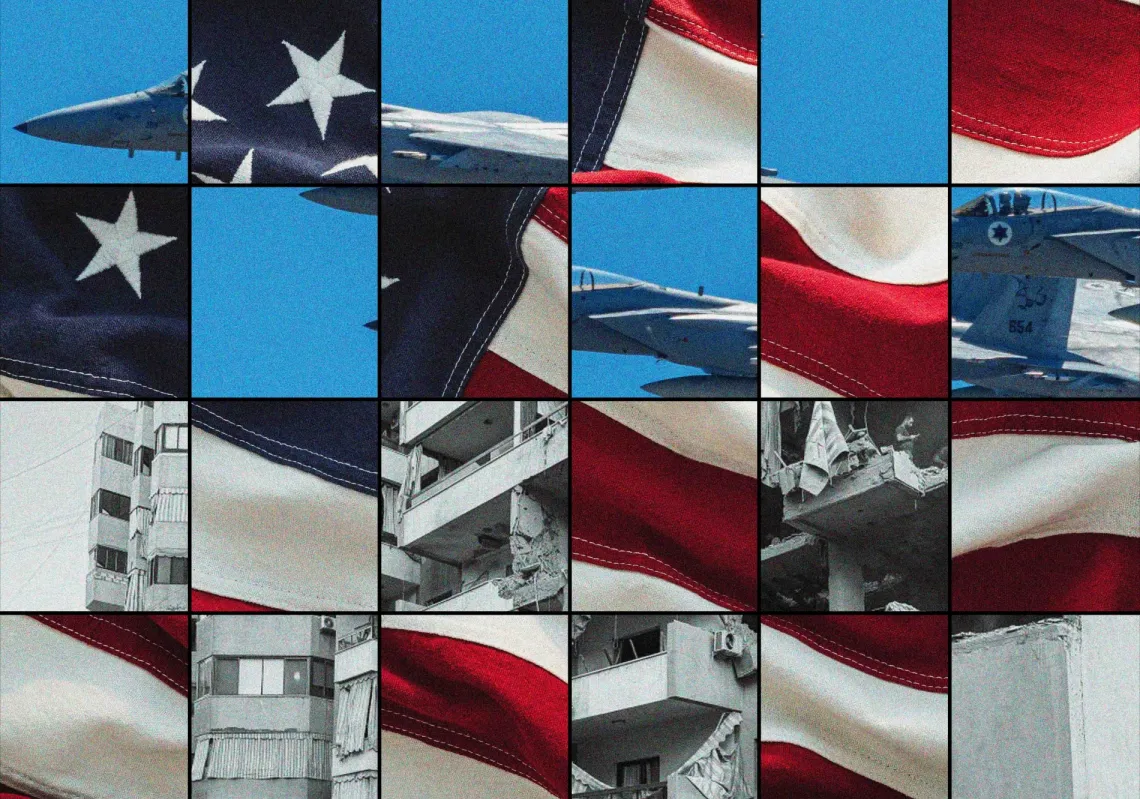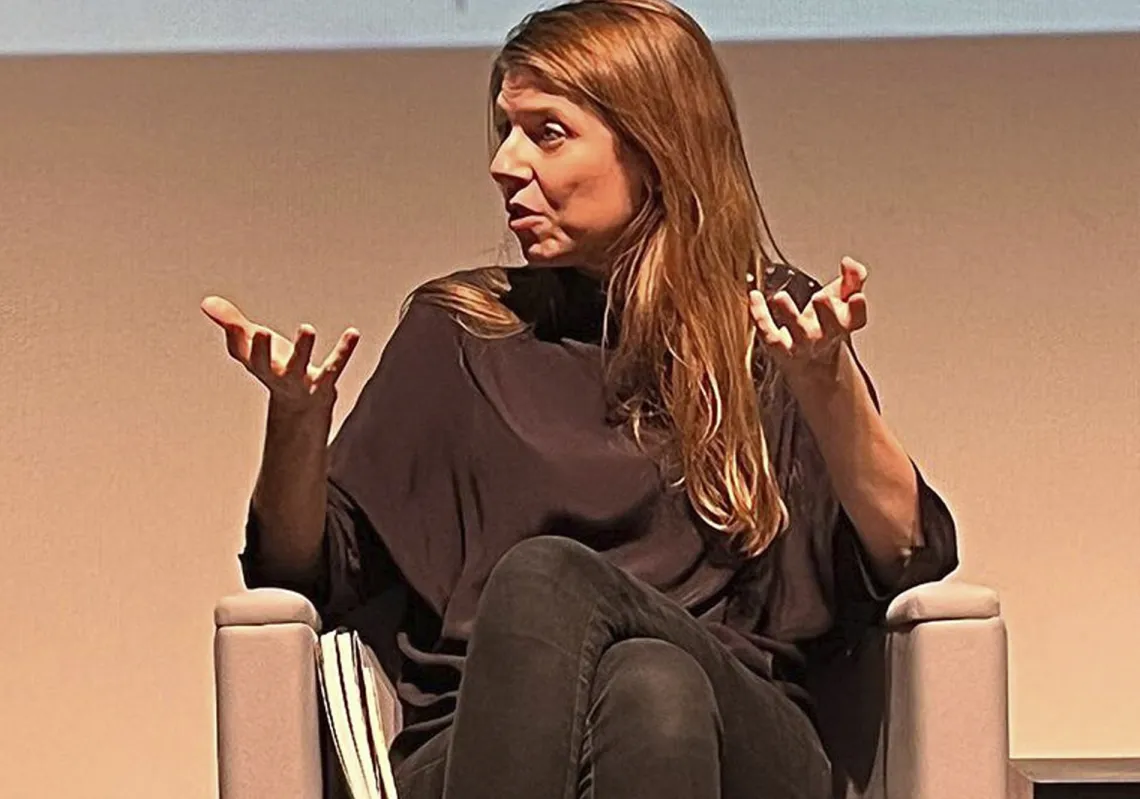The sheer scale and intensity of Syria’s suffering since the outbreak of civil war and revolution over a decade ago is certainly hard to capture, which makes any attempt to do so quite challenging. Among the countless atrocities that emerged out of this period were the torture and forced disappearances of thousands of Syrians jailed by the Assad regime, which was the focus of a recent art exhibit in Damascus.
The Detainees and the Disappeared installation which ran from 18 May to 6 June was put together by a group called Creative Memory of the Syrian Revolution in conjunction with the Ministry of Culture and aims to enshrine individual experiences of imprisonment into the national historical record so that future generations can understand and appreciate the pain and sacrifice of their Syrian forefathers. Another aim of the exhibit was to foster unity among Syrians today, to remind them that this dark history should never be repeated.
Held in the National Museum in Damascus, the venue was a symbolic choice, given that it is a place where Syria’s ancient and modern history is kept.
Meticulous documentation
The exhibition was put together after years of meticulous documentation of arbitrary detentions, intended to serve as evidence for international prosecution and condemnation. The Syrian Network for Human Rights has documented at least 156,757 cases of arbitrary detention and enforced disappearance in Syria between March 2011 and August 2024. These include 5,274 children and 10,221 women. Many detainees are still missing.
The Detainees and the Disappeared opened with the iconic Lebanese songstress Fairuz’s haunting song Waynon? (Where are they?)—a song that evokes deep emotions through its ability to capture the agonising pain of loss.
The exhibit was organised into ten stations, each representing a key stage in the Syrian revolution. It begins with the first arrests in 2011, notably the detention, torture and murder of children in Daraa. It then progresses chronologically, covering the Ghouta chemical attack of 2013, the disturbing revelations of the Caesar documents in 2014–2015 and the human slaughterhouses of 2016–2017, and culminates with the fall of Bashar al-Assad, depicted in a painting titled The Fall of the Deposed (2024–2025).

Recreating horror
The exhibition recreates the horror of imprisonment using virtual reality to simulate some of what went on, including the haunting sounds of torture. Visitors were, in effect, transformed into digital witnesses to the Assad regime’s crimes, creating a direct emotional connection to the victims of this state-sponsored brutality. It aims to honour the suffering of countless Syrians and reinforce collective calls for justice.
As people moved through the exhibition, they passed names and photographs of detainees and were able to touch inscriptions etched onto prison walls. In this way, the long years of isolation and obscurity melt away.
The exhibition coincided with the announcement of the formation of a new, independent organisation to document cases of enforced disappearance, the National Authority for Missing Persons. It will build a database of victims and provide legal and humanitarian support to the families of the missing.

The archive of the Creative Memory of the Syrian Revolution (CMSR) now contains nearly 13,000 items and 37,800 documents, organised into 24 categories and available in three languages. The project features contributions from over 3,000 participants, including artists and writers, working both individually and as part of collective initiatives.
Preserving pain
Sana Yazigi, founder of CMSR, spoke to Al Majalla about why she felt compelled to work on this project. “The sorrow among Syrians was so deep and overwhelming. However, I believe that culture and art are means of preserving those painful experiences. By reminding people of the personal stories of the detainees and disappeared, their memories live on," she said.
Meanwhile, discussions are underway about creating a permanent memorial for the victims of the Assad regime. One cultural heritage expert, Sara Bahbuh, spoke to Al Majalla about some proposals currently being debated, including turning one of the most notorious buildings of the Assad regime—Sednaya Prison—into a museum.

"The torture dungeon is already a museum in and of itself. Inscriptions of prisoners still on the walls document their feelings and painful experiences of torture. The instruments of torture, left behind, could also be displayed," she explained.
The Assad regime used detention to crush individual identity and expression, reducing its victims to mere numbers and stripping them of their names, she explained.
However, she added, "We found revolutionary slogans etched into the prison walls. This tells us that despite the grim and deplorable conditions, many prisoners remained steadfast and defiant, a true testament to the resilience and spirit of our people."

